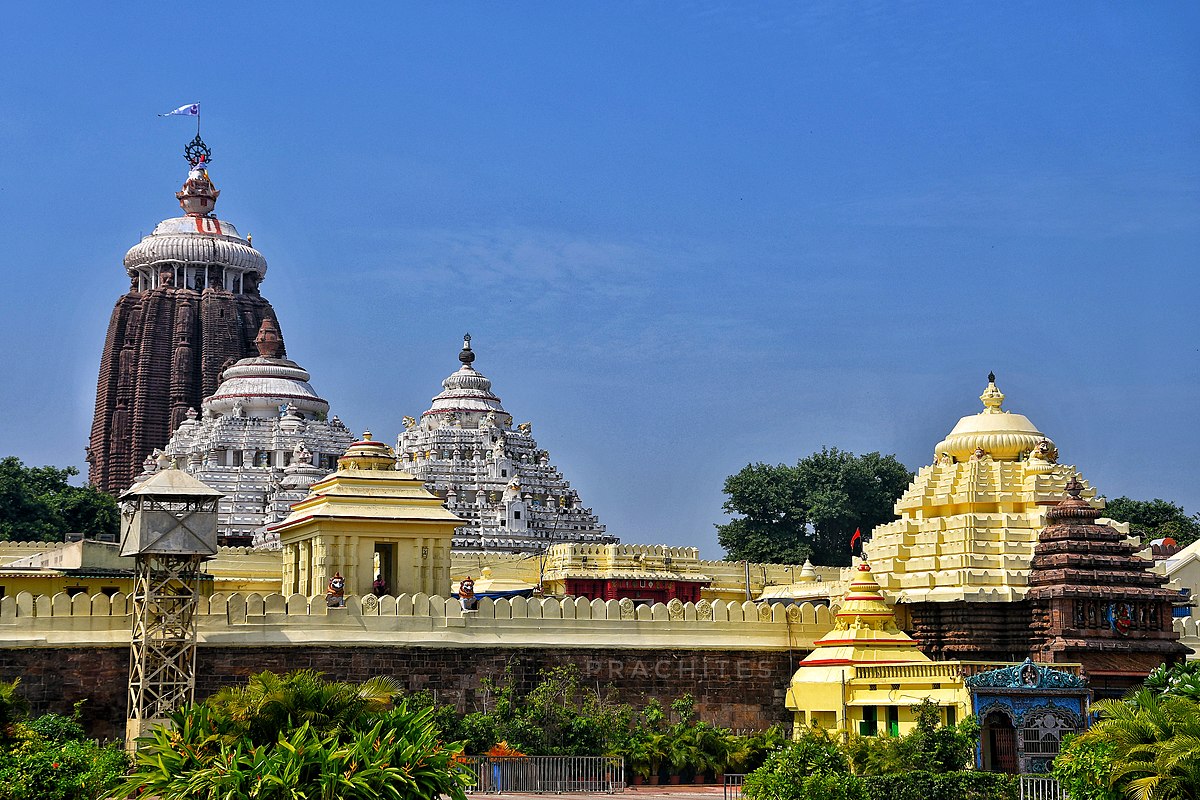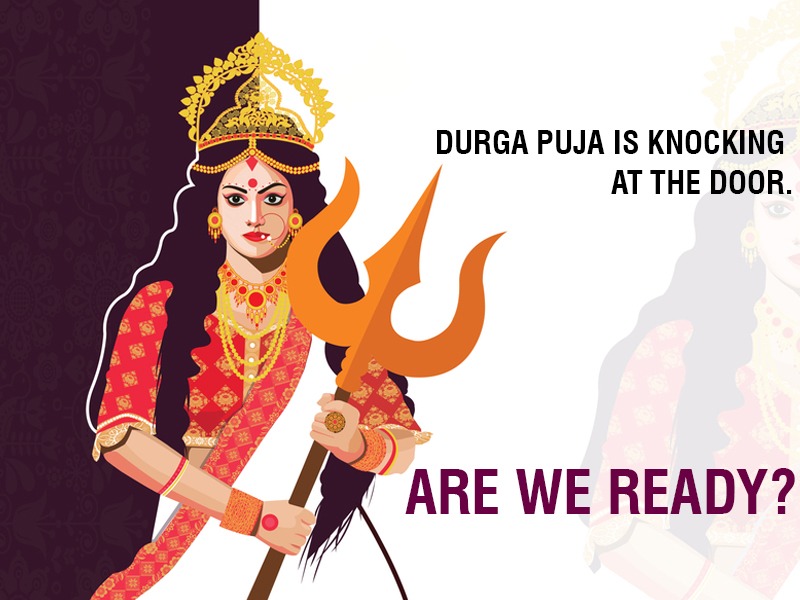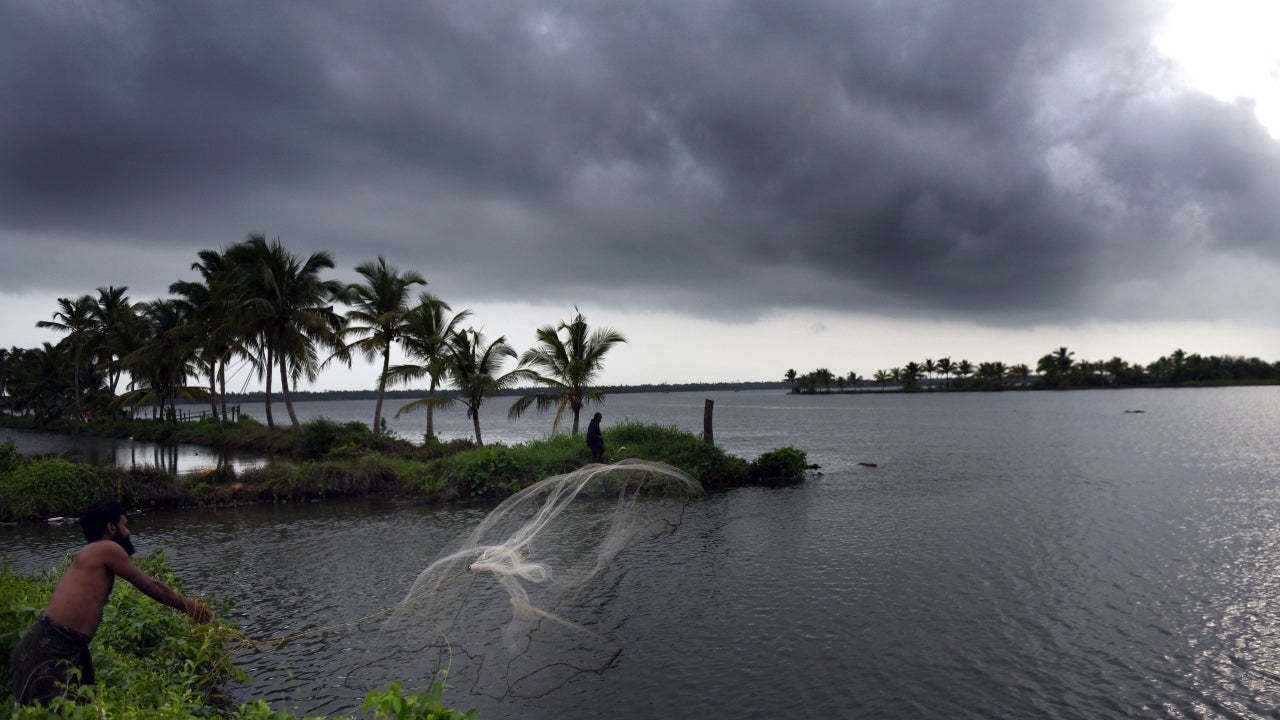The Jagannath Temple Puri
The Jagannath Temple at Puri is one of India’s most revered Vaishnava sites of worship. One of the oldest Hindu temples still in use, its main shrine was built by Anantavarman of the Chodaganga dynasty in the tenth century. The deities within the shrine, however, are believed to be much older and are associated with the great mythical ruler of the Satya-yuga, King Indrayumna, nephew of Lord Ram.
Jagannath Temple was constructed by King Chodaganga. The king started the construction and Jaga Mohan or the assembly hall and Vimana or the chariot of the temple were built during his reign. Later Anangabhima Deva completed the construction of the temple in 1174AD.
The temple was rebuilt by the Ganga dynasty king Anantavarman Chodaganga in the 10th century CE, as suggested by the Kendupatna copper-plate inscription of his descendant Narasimhadeva II. Anantavarman was originally a Shaivite and became a Vaishnavite sometime after he conquered the Utkala region (in which the temple is located) in 1112 CE. An 1134–1135 CE inscription records his donation to the temple. Therefore, the temple construction must have started sometime after 1112 CE.
According to a story in the temple chronicles, it was founded by Anangabhima-deva II: different chronicles variously mention the year of construction as 1196, 1197, 1205, 1216, or 1226. This suggests that the temple’s construction was completed or that the temple was renovated during the reign of Anantavarman’s son Anangabhima. The temple complex was further developed during the reigns of the subsequent kings, including those of the Ganga dynasty and the Gajapati dynasty.
Starting from Lord Jagannath himself, history has it that he was a tribal deity, adorned by the Sabar people, as a symbol of Narayan. Another legend claims him to be Nilamadhava, an image of Narayana made of blue stone and worshipped by the aboriginals. He was brought to Nilagiri (blue mountain) or Nilachala and installed there as Shri Jagannath in a company with Balabhadra and Subhadra. The images made of wood are also claimed to have their distant linkage with the vanvasi (forest dwellers) system of worshipping wooden poles. To cap it all the Daitapatis, who has a fair share of responsibilities to perform rituals of the Temple, are claimed to be descendants of the hill tribes of Odisha. So we may safely claim that the beginning of the cultural history of Shrikshetra is found in the cultures of Hindu tribes. The three deities came to be claimed as the symbols of Samyak Darshan, Samyak Jnana and Samyak Charita usually regarded as Ratnatraya, triple gems of the Jain culture, assimilation of which leads to Omniscience and Moksha (salvation).
Jagannath is worshipped as Vishnu or Narayana or Krishna and Lord Balabhadra as Shesha. Simultaneously, the deities are regarded as the bhairava with Vimala (the devi or the consort of Shiva) installed in the campus of the temple. So ultimately we find a fusion of Saivism, Shaktism and Vaishnavism of the Hindu religion so reverently held together in Shrikshetra.






There are no comments